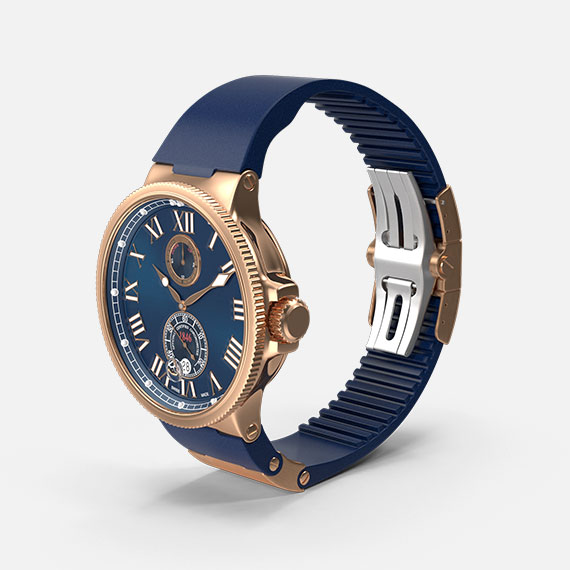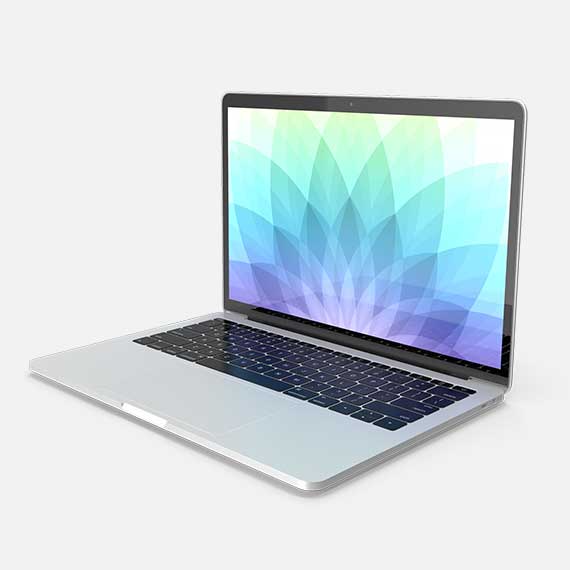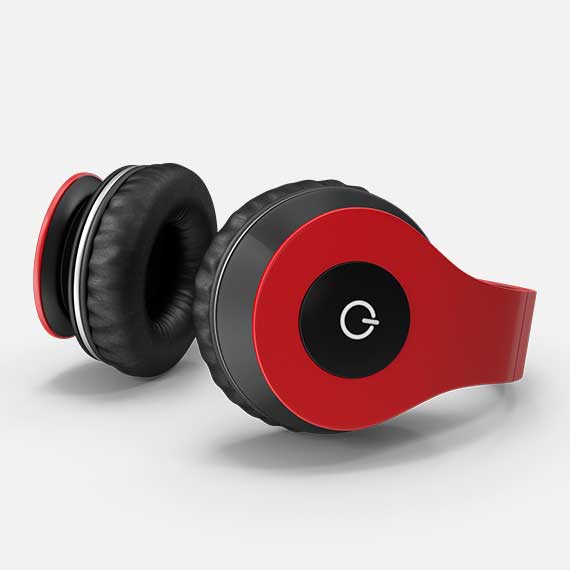As the dawn emerged on the East, with it came the quiet thunder of a technological titan reclaiming its throne. Forgotten by some, dismissed by others, Huawei stomped back onto the stage of the Middle Kingdom’s smartphone market. Their weapon? The Huawei Mate 60 Pro—a piece of innovation flexing its muscles against the US sanctions’ grip, charging forward with avant-garde chip technology and the prowess of 5G. The Chinese giant’s resurgence was more than a statement, it was a 37% surge in sales, according to the sages at Counterpoint Research.
In an era where smartphones are the swords of modernity, Mate 60 Pro’s launch turned tides in a stagnant pool. Amidst the slow dance of declining sales from titans like Vivo, Oppo, and notably Apple, which, alongside Honor, navigated the tumultuous waters of a mixed growth landscape, Huawei’s new flagship emerged not just to compete, but to lead.
The sanctions—that once seemed an insurmountable wall built by the US to contain Huawei’s march—proved but a hurdle as the Mate 60 Pro trumpeted the strength of a high-end segment leader. This technological renaissance casts a long shadow over Apple’s dominance in China, whispering promises of a market reshuffle should the innovative chip technology cascade down to Huawei’s more affordable models.
Yet, the dragon that is China’s smartphone market had been asleep, with a 14% decline in shipments in the year 2022 hangover, as reported by Canalys, numbed by the rigid chains of COVID-19 protocols and consumer spending shivers. Hope flickered, though, as a 5% year-over-year decline in the third quarter hinted at the sleeping giant’s awakening and fueled optimistic prophecies of a gradual market resurgence.
In this dance of titans, the strategic release of Huawei’s Mate 60 Pro not only showcased the company’s agility but also its unabashed ambition to reclaim its spot at the high table of China’s smartphone oligarchs while eying the pole position in market share.












